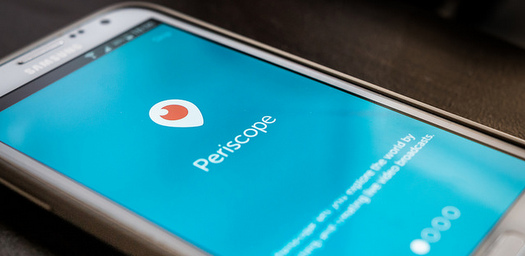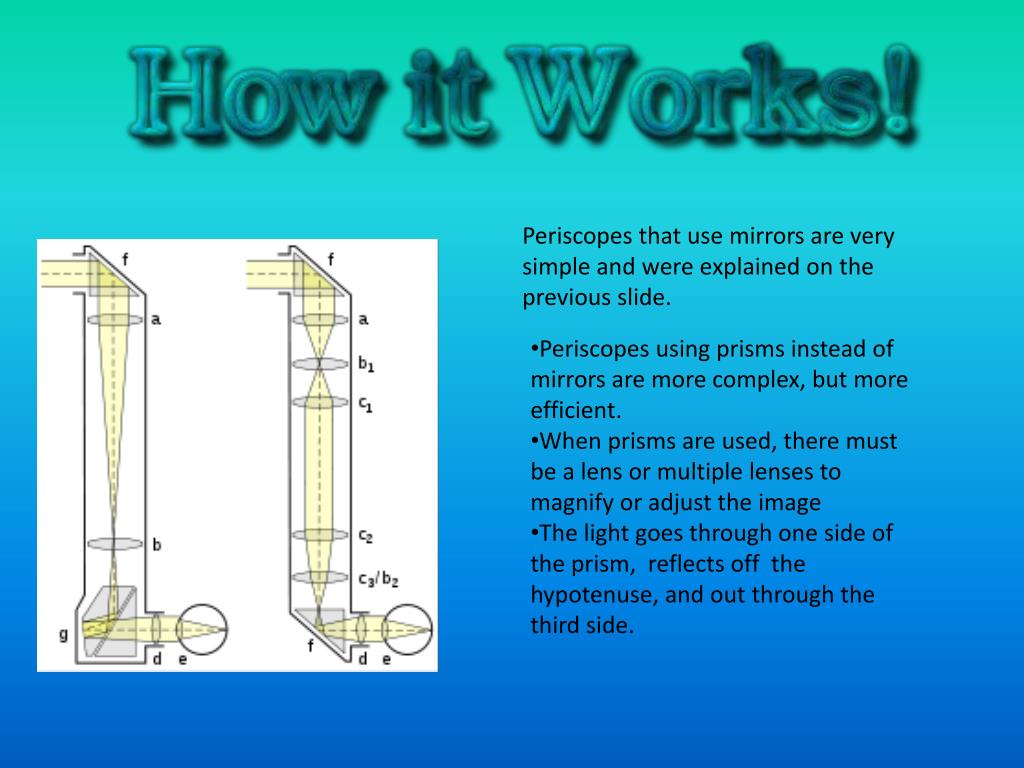

For instance, PrecisionHawk unmanned drones used Periscope to show off a live-flight demo and conduct on-site interviews with event attendees. As one digital marketing consultant put it, Periscope broadcasts seem more rough and unrehearsed, which gives “the impression that your product really is that easy to use.” This facet is especially important if you’re marketing a high-tech product. Periscope is an ideal platform to show people exactly how your product works. Likewise, Advanced Auto Parts calculated that video viewers spent twice as long on their site and viewed twice as many pages as those who did not watch videos. You may not have millions of people tuning in like Apple, but live streaming is still a great way to capture the energy and excitement of a live demonstration. They added that housewares company saw a 144% increase in sales after people watched their product videos. Kissmetrics reports that viewers are “anywhere from 64-85% more likely to buy” after watching a product video. Generate buzz for a new product (or the launch of exciting new product features) via Periscope. 8 Ways to Use Periscope to Drives More Sales 1. Many a marketer head spins when thinking about the possible applications for such a tool. Thankfully, we’ve boiled down eight of the most effective ways companies are using Periscope to boost sales conversions. However, as Northern Lights PR from the UK points out, the audience for live streaming is suddenly much larger due to widespread adoption of smartphones, social media is part of our daily lives now, and Periscope was designed and integrated into the Twitter platform for easy access to your contacts there. The big question, of course, is: SO WHAT? After all, live streaming is nothing new it’s been around for the better part of a decade.


Viewers send hearts as a form of “virtual applause” and creators receive “push notifications” as new viewers join, which is the equivalent of watching more people walk into the room and sit down for a presentation. Instead of a passive experience where audiences posted comments and video creators checked and responded to feedback at their leisure, Periscope was a dynamic environment, allowing live broadcasts where viewers could comment, ask questions and join in the dialogue in real-time. When Periscope launched at the end of March, it was pitched as an improvement over the static YouTube commenting feature.


 0 kommentar(er)
0 kommentar(er)
